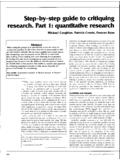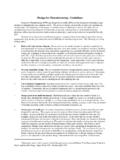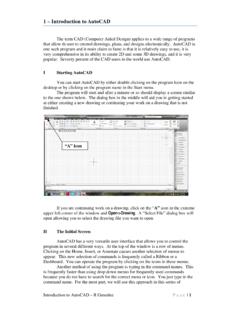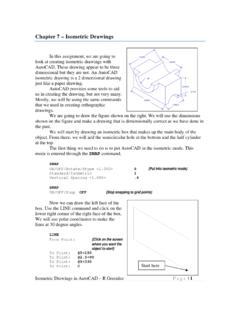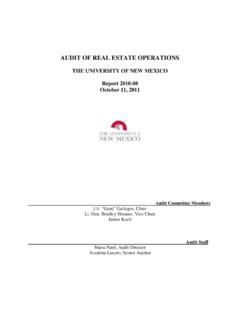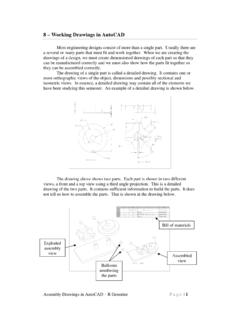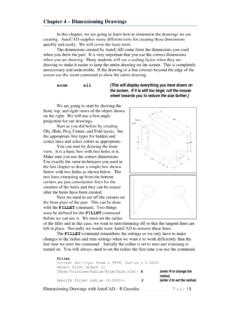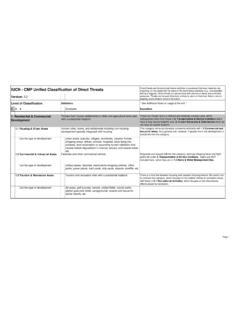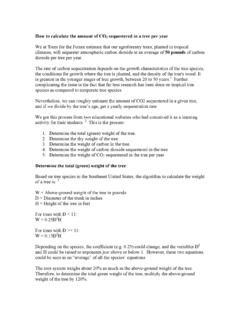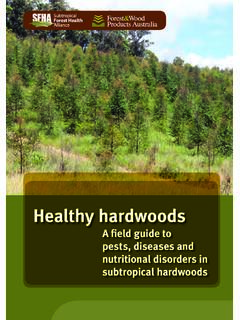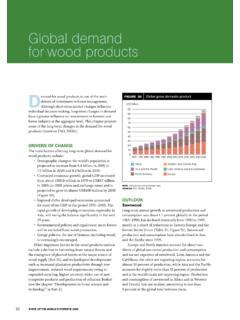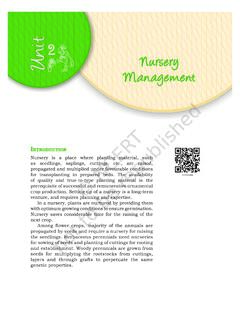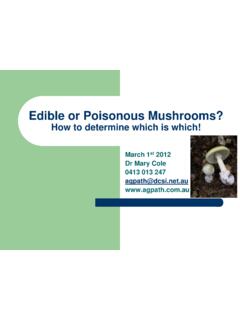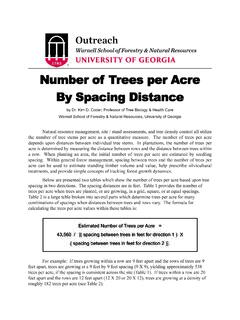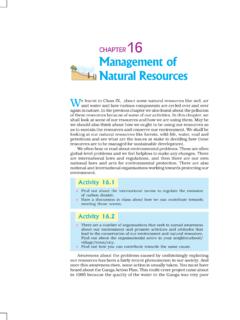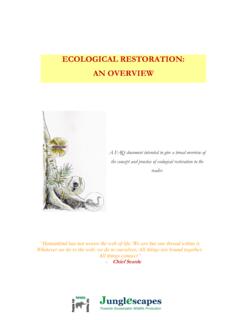Transcription of How to calculate the amount of CO2 sequestered in a tree
1 How to calculate the amount of CO2 sequestered in a tree per year We at Trees for the Future estimate that our agroforestry trees, planted in tropical climates, will sequester atmospheric carbon dioxide at an average of 50 pounds of carbon dioxide per tree per year. The rate of carbon sequestration depends on the growth characteristics of the tree species, the conditions for growth where the tree is planted, and the density of the tree's wood. It is greatest in the younger stages of tree growth, between 20 to 50 Further complicating the issue is the fact that far less research has been done on tropical tree species as compared to temperate tree species. Nevertheless, we can roughly estimate the amount of CO2 sequestered in a given tree, and if we divide by the tree s age, get a yearly sequestration rate.
2 We got this process from two educational websites who had conceived it as a learning activity for their students. 2 This is the process: 1. Determine the total (green) weight of the tree. 2. Determine the dry weight of the tree. 3. Determine the weight of carbon in the tree. 4. Determine the weight of carbon dioxide sequestered in the tree 5. Determine the weight of CO2 sequestered in the tree per year Determine the total (green) weight of the tree Based on tree species in the Southeast United States, the algorithm to calculate the weight of a tree is: 3 W = Above-ground weight of the tree in pounds D = Diameter of the trunk in inches H = Height of the tree in feet For trees with D < 11: W = For trees with D >= 11: W = Depending on the species, the coefficient ( ) could change, and the variables D2 and H could be raised to exponents just above or below 1.
3 However, these two equations could be seen as an average of all the species equations. The root system weighs about 20% as much as the above-ground weight of the tree. Therefore, to determine the total green weight of the tree, multiply the above-ground weight of the tree by 120%. Determine the dry weight of the tree This is based on an extension publication from the University of This publication has a table with average weights for one cord of wood for different temperate tree species. Taking all species in the table into account, the average tree is dry matter and moisture. Therefore, to determine the dry weight of the tree, multiply the weight of the tree by Determine the weight of carbon in the tree The average carbon content is generally 50% of the tree s total Therefore, to determine the weight of carbon in the tree, multiply the dry weight of the tree by 50%.
4 Determine the weight of carbon dioxide sequestered in the tree CO2 is composed of one molecule of Carbon and 2 molecules of Oxygen. The atomic weight of Carbon is The atomic weight of Oxygen is The weight of CO2 is C+2*O= The ratio of CO2 to C is Therefore, to determine the weight of carbon dioxide sequestered in the tree, multiply the weight of carbon in the tree by Determine the weight of CO2 sequestered in the tree per year Divide the weight of carbon dioxide sequestered in the tree by the age of the tree. Et voila! EXAMPLES Estimated growth rates and sizes of agroforestry trees were taken from the World Agroforestry Centre s Agroforestree Database 7: Let s see how much a Calliandra calothyrsus might sequester in a year.
5 A 10-year-old Calliandra would probably grow about 15 feet tall with a trunk about 8 inches in diameter. Therefore: W = = (82)(15) = 240 lbs. green weight above ground. 240 lbs. * 120% = 288 lbs. green weight (roots included) 288 lbs. * = lbs. dry weight lbs. * 50% = lbs. carbon lbs * = lbs. CO2 sequestered lbs / 10 years = lbs. CO2 sequestered per year Or consider a 10-year-old Grevillia robusta, 45 feet tall with a trunk 6 inches in diameter. Using the same calculations as above, the amount of CO2 sequestered would be lbs. per year. Or a newly-planted Acacia angustissima, years old, 15 feet tall with a trunk 3 inches in diameter: lbs.
6 Of CO2 sequestered per year. Or an Albizzia lebbek, 15 years old, 30 feet tall, with a 12 inch trunk: lbs. of CO2 sequestered per year. Other methods Another way to estimate the amount of CO2 sequestered by a tree in a year is to estimate the amount sequestered in a hectare per year, and divide that amount by the number of trees per hectare. Scanning around on the Internet, it seems that the number of trees per hectare (in agroforestry and/or industrial plantations) ranges from under 500 to over 2,000. According to Myers and Goreau, tropical tree plantations of pine and eucalyptus can sequester an average of 10 tons of carbon per hectare per year. 8 Therefore, the plantation can sequester an average of 20,000 lbs * = 73,326 lbs CO2/ha/year, or, taking an average of 1,000 trees per hectare, lbs CO2/tree/year.
7 Of course, we heavily discourage the planting of pine and/or eucalyptus in our agroforestry systems. Our trees may not grow as fast or as straight as eucalyptus , but they are not invasive, and they do not destroy the water table and the soil! Disclaimer This research and methodology is based on research papers, university publications, and other information freely available on the Internet. As we stated before, it is difficult to calculate the amount of carbon dioxide sequestered per tree per year due to the complexity of the variables involved, as well as the lack of research on tropical tree species. If you have any information that could further refine or enhance our calculations, please let us know at Thanks and happy tree planting!
8 1 2 The National Computational Science Leadership Program and The Shodor Education Foundation 3 Total-Tree Weight, Stem Weight, and Volume Tables for Hardwood Species in the Southeast, Alexander Clark III, Joseph R. Saucier, and W. Henry McNab, Research Division, Georgia Forestry Commission, January 1986. 4 Heating With Wood: Producing, Harvesting and Processing Firewood, Scott DeWald, Scott Josiah, and Becky Erdkamp, University of Nebraska Lincoln Extension, Institute of Agriculture and Natural Resources, March 2005.
9 5 Carbon Storage and Accumulation in United States Forest Ecosystems, General Technical Report W0-59, Richard A. Birdsey, United States Department of Agriculture Forest Service, Northeastern Forest Experiment Station, Radnor, PA, August 1992. #toc 6 7 8 Tropical Forests and the Greenhouse Effect: A Management Response, Norman Myers and Thomas J. Goreau, Discovery Bay Marine Laboratory, University of the West Indies, Discovery Bay, Jamaica, 1991.

